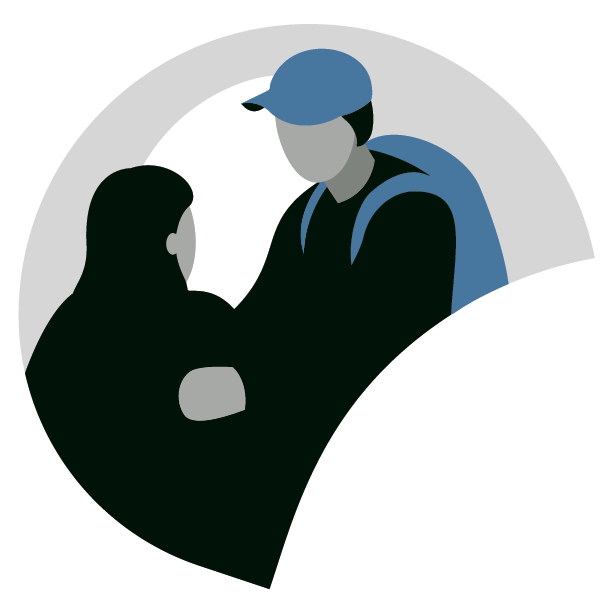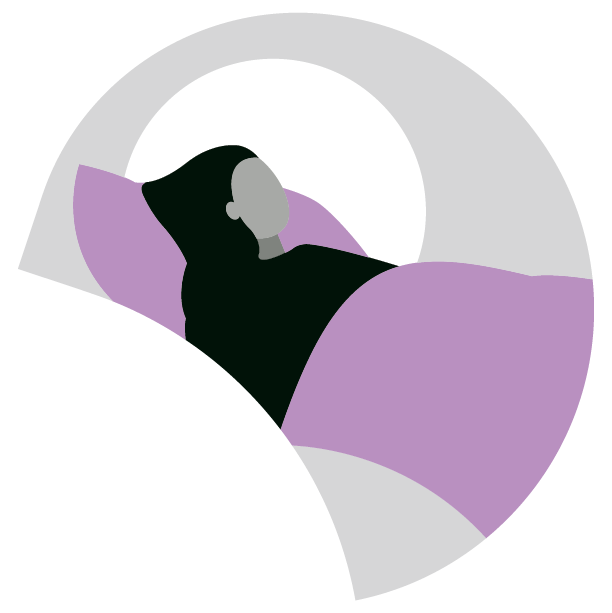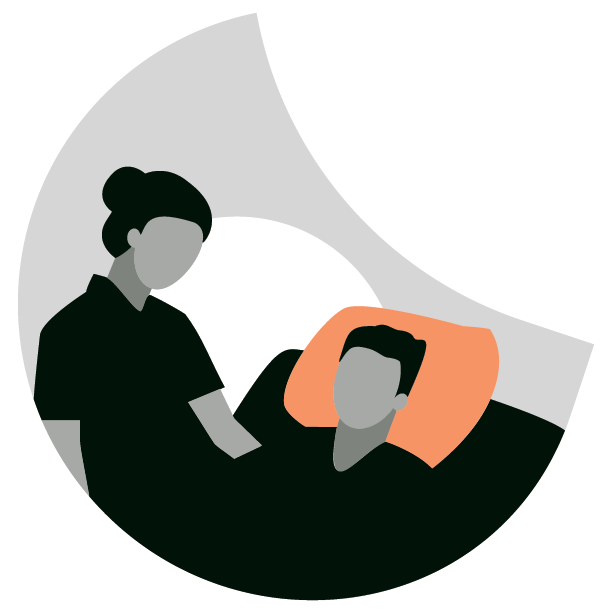Safe Haven Clinic Institute
(SHCI)

What Is The SHCI?
This is where the planning happens. The Safe Haven Clinic Institute is a 501c3 (community benefit organization) working toward innovations to end homelessness and addiction through capacity building, technical assistance and education. As an institute, we are a learning organization and think tank which ensures our decisions are guided by wisdom. We connect funds to the frontline innovation in the Safe Haven Clinic space by endorsing pilot projects linked through the Safe Haven Clinic Collective – but we don’t operate those sites in any way.
Help transform this Safe Haven Clinic ideal into a reality by learning more About the Safe Haven Clinic Institute, understanding the History of this organization, or by joining the movement.
What Would A Safe Haven Clinic Be And Why?
Improved health among the unhoused is necessary for achieving stable housing and thus ending homelessness. After years of exploration, SHCI has come to believe in a utopian model of street level care delivery for improving the overall health of complex homeless populations called the Safe Haven Clinic.
The Safe Haven Clinic model is an innovation that is yet to be fully tested and has the potential for making a positive impact on the overall health of complex homeless populations.
In the Safe Haven Clinic model, services are ideally integrated under one roof and co-located with the homeless populations being served. Safe Haven Clinic services ideally include 24/7 nursing and case management, Street Medicine, Medical Respite, Sobering and Pharmacy care for people experiencing street level homelessness. With a low threshold to entry, street level homeless patients would be able to stay in the Safe Haven Clinic for 12 hours up to 14 days with 24/7 nursing and case management providing continuous staffing. Such a high level of clinical care is needed by many homeless people to heal from the extreme stress of living unhousd and prepare them for transitions to permanent supportive housing.
Scroll or Click a Service to Learn More
Why Safe Haven Clinics?
Current systems of care are failing people experiencing the co-occurring epidemics of homelessness and addiction. The pandemic has further amplified foundational inequities. Combined Street Medicine, Medical Respite, Sobering and Pharmacy offers a synergistic solution.
What Would A Safe Haven Clinic Be?
Safe Haven Clinic services would be integrated under one roof: 24/7 nursing, Street Medicine, Medical Respite, Sobering and Pharmacy care for people experiencing homelessness and/or addiction. With a low threshold to entry, patients, patients would be able to stay for 12 hours up to 14 days.
Click A Service to Learn More

Street Medicine
Brings care to people experiencing homelessness where they live using mobile interdisciplinary medical teams. The brick and mortar Safe Haven Clinic offers Street Medicine teams the space to provide open access, and follow up visits when not operating mobile clinics.

Street Medicine
Brings care to people experiencing homelessness where they live using mobile interdisciplinary medical teams. The brick and mortar Safe Haven Clinic offers Street Medicine teams the space to provide open access, and follow up visits when not operating mobile clinics.
Sobering Center
A safe place for achieving short term sobriety with a length of stay of 12 hours. An alternative to unnecessary jail or ER stays for public intoxication.


Sobering Center
A safe place for achieving short term sobriety with a length of stay of 12 hours. An alternative to unnecessary jail or ER stays for public intoxication.

Pharmacy
Provides on-site prescription medication dispensing and management, including Medication Assisted Treatment (MAT), vaccinations, and laboratory testing.

Pharmacy
Provides on-site prescription medication dispensing and management, including Medication Assisted Treatment (MAT), vaccinations, and laboratory testing.
Medical Respite
Designed for people experiencing homelessness and/or addiction who need medical care but aren’t sick enough to be hospitalized. Examples include end of life care, medically supervised detox from drugs and/or alcohol and general recuperative medical care.


Medical Respite
Designed for people experiencing homelessness and/or addiction who need medical care but aren’t sick enough to be hospitalized. Examples include end of life care, medically supervised detox from drugs and/or alcohol and general recuperative medical care.
Are You Imagining A Fully Integrated Clinical Solution For Homelessness & Addiction In Your Community?
Create a Safe Haven Clinic and improve the quality of care for people experiencing homelessness and addiction.